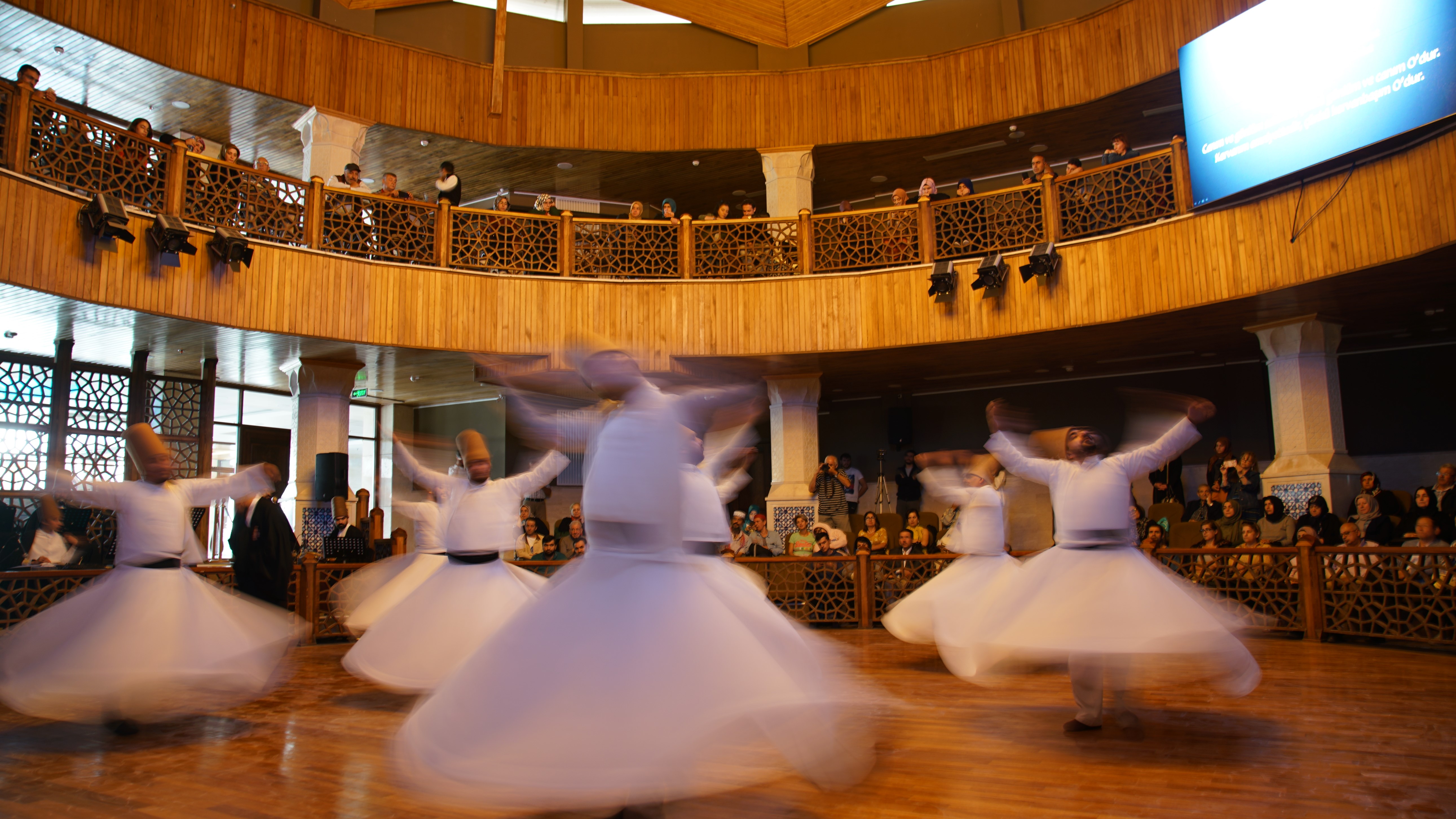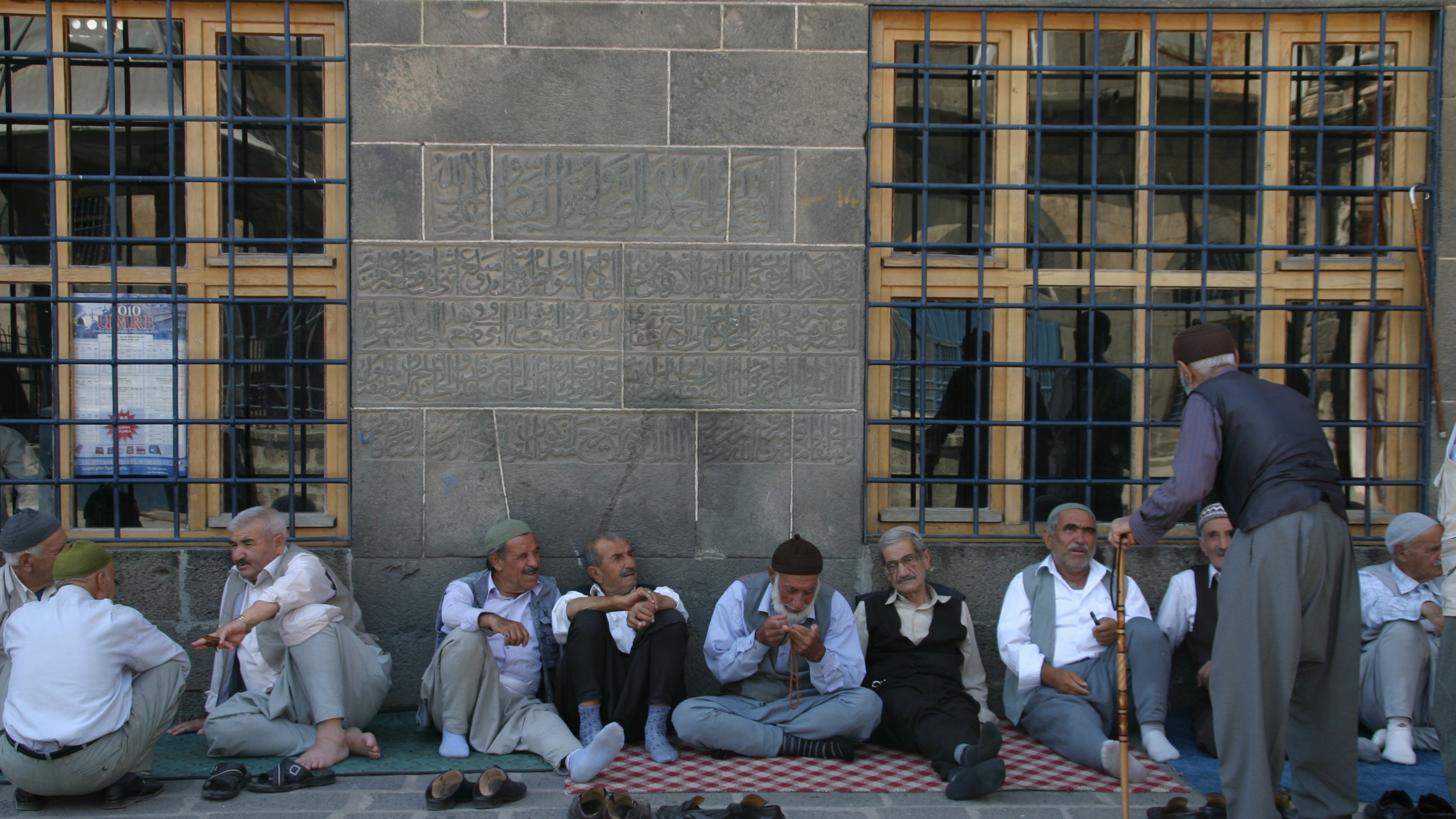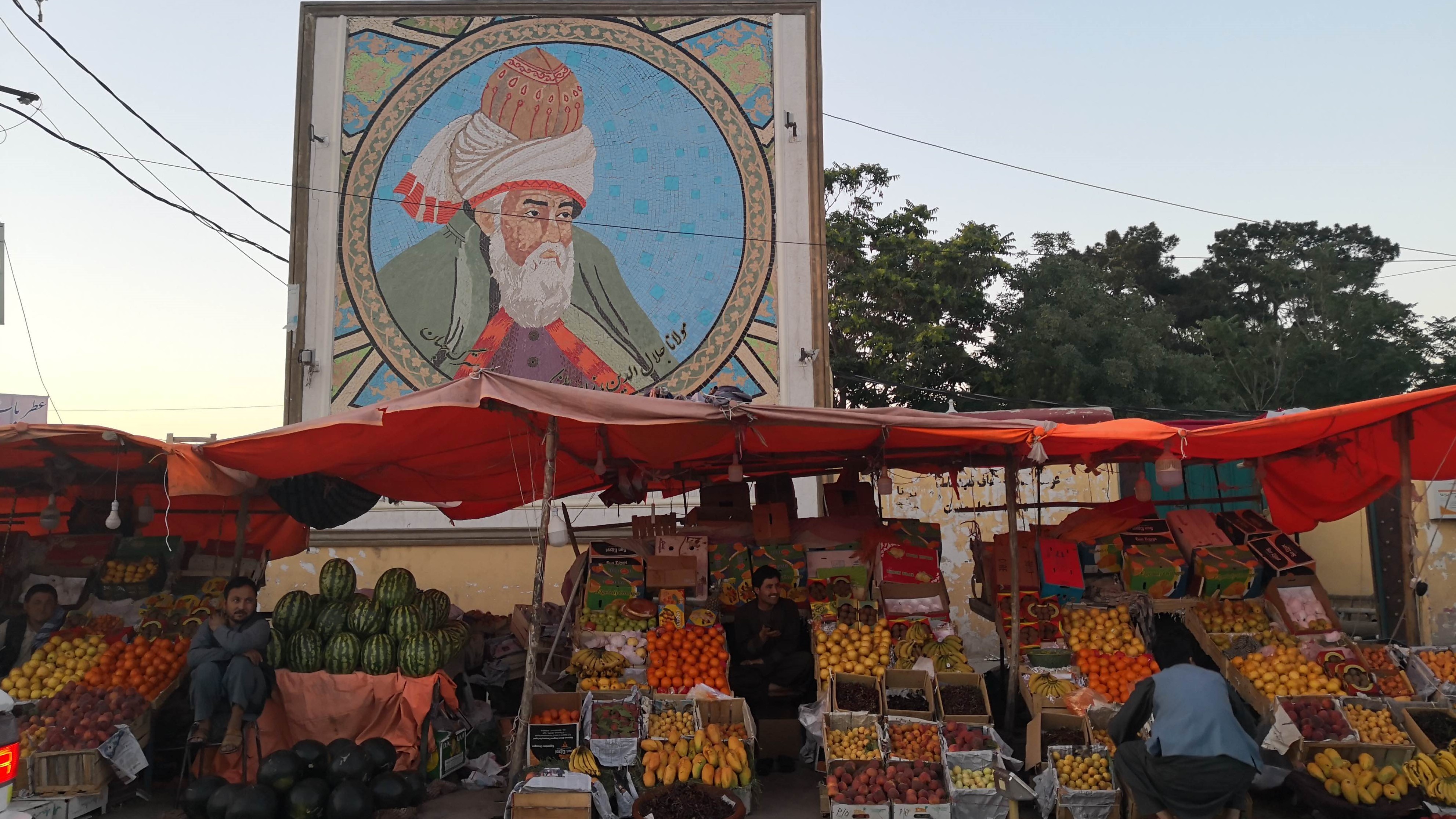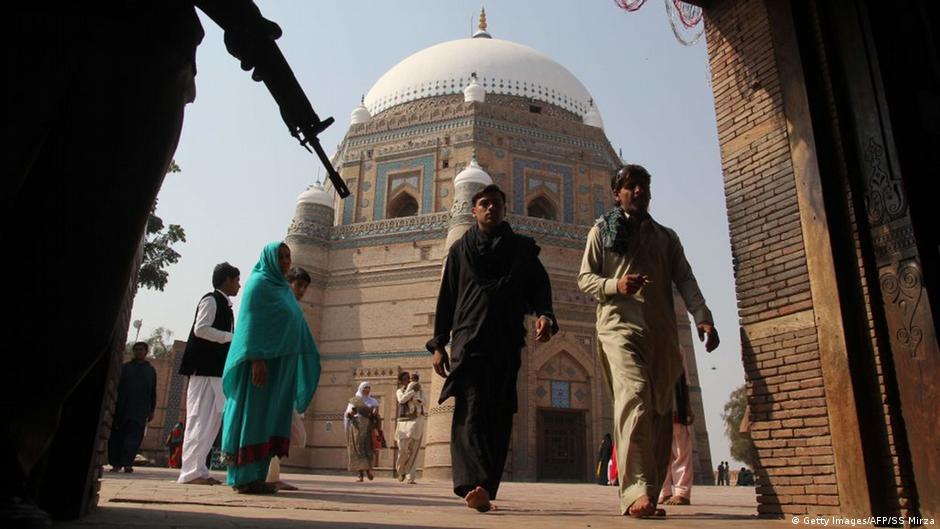Understanding the Sufis

A disciple once asked his Sufi master what actually makes someone a Sufi. The master replied: "A Sufi does not ask who is a Sufi." It has never been easy to define Sufism. There seems to be no agreement, even among experts, about who the Sufis actually are: are they a faith group within Islam? Or should the Sufis be regarded as separate from Muslims? Do the Sufis practice the spiritual core of Islam or have they turned away from the religion's doctrines?
Those who delve deeper into these questions and into Sufist currents from Morocco to Malaysia will soon discover that even categorising tasawwuf as an -ism is misleading, because it suggests a more or less rigid ideological system with clearly defined doctrines and beliefs – see terms such as Marxism or socialism.
Sufism is not alone in having an elusive religious status. A similar fate befell the diverse spiritual traditions of India, which became subsumed under a monolithic religion labelled "Hinduism" that does not actually exist in that form.
In fact, the word "Sufism" first appeared in the writings of Western Orientalists who set out to investigate non-Christian religions. This scientific spirit was overshadowed by Europe's imperialist project and thus focused on the question: how can we better dominate the peoples we have conquered by exploiting their weaknesses?

In places where the colonial powers were especially confronted with resistance movements of a Sufi nature, a better understanding of the enemy was required – for example in the case of the Algerian Sufi master and freedom fighter Emir Abdelkader in the resistance against the French colonisers, or in the Mahdi uprising against British-Egyptian rule in Sudan in the late nineteenth century.
At the same time, European travellers during the colonial era brought back reports of exotic Sufi groups they had observed on the borders of Europe. Images of the strange howling Ri'fai Sufis of Anatolia or the whirling dervishes in Istanbul's Galata Mevlevihanesi soon fuelled European fantasies of the Orient.
"The deep archaeology of Islam"
How do we get beyond all these European projections to understand Sufism from the inside? "Sufism is the deep archaeology of the Islamic religion," says the Turkish Islamic scholar and Sufi researcher Mahmud Erol Kilic.
It is the endeavour by the Sufis to comprehend, internalise and actively live out the core of the Islamic tradition. For this purpose, the mystics use the metaphor of the walnut: the external rituals and precepts of the religion are like a shell protecting the nut inside, but the shell in turn derives its existence from the nut kernel. In other words: those who cling only to the shell and do not penetrate down to the inner core are missing the point.
Thus Sufis place priority on the inner truths, but without neglecting the outer order. All Sufi practices are ultimately meant to serve the goal of coming closer to the God within. A famous hadith states: "Whoever knows himself, knows his Lord."
For Sufis, the spiritual roots of their tradition lie with the Prophet Muhammad himself. One might say that he was – in his role as spiritual guide – the first Sufi. Except that, at that time, it was not necessary to give a separate name to the inner tradition of Islam, as it was the only tradition that existed. Not unlike the early Christians around Jesus, the sahaba formed the first Islamic community, a kind of prototypical Sufi order.

Muhammad's death was followed by dilution, abuse, power plays, and schisms – as happen over time in all religions and spiritual movements – leading to a distancing from the spiritual message and practice of Islam. Those who wished to focus on the inner dimension of Islam were over time given the name "Sufi" to distinguish them from other movements. The word "Sufi" comes from the Arabic suf (wool), because the first Islamic ascetics wore woollen robes.
Ambiguity of the term ‘Sufi’ in Muslim sources
The term "Sufi" remains ambiguous, however, even in Muslim sources, being sometimes used in a positive and in other cases a negative sense. On the one hand, Sufism is described as an ideal path of spiritual and ethical self-improvement; on the other, it is denounced for its falsification of Islamic teachings, for excesses, and for abuses of power (and indeed, such tendencies have always existed).
In the writings of Hafez, for example, the word "Sufi" is decidedly negative in connotation. The Persian national poet particularly denounces certain contemporaries who dress like Sufis and appear outwardly pious, but whose behaviour is in fact far removed from spiritual ideals.
Currently, attempts are constantly being made to portray Sufism as separate from Islam. This trend first came to the fore in recent decades in Western research that attempts to explain Sufism as something borrowed from other spiritual traditions. Although lively exchanges have certainly taken place between the mystical traditions – for example during the golden age of Al-Andalus – the explanation falls short.
The parallels that certainly exist between the mystics of different religions do not indicate that they copied something from others, but rather point to the existence of an inherent human pursuit that has found expression in different ways in different places. Those who probe deeper into Islamic tradition and study Sufi textual sources will recognise that the foundations of Sufism lie in the Koran and in the sayings of Muhammad.

The impression that Sufism has nothing to do with Islam stems additionally from a deeply rooted and one-sided image of Islam as a "religion of the sword". But how could a violent religion, one even sent by the devil – as the Church deemed Islam for a long time – have produced, for example, the beauty and tolerance of Rumi's Sufi poetry?
A similar perspective can be seen in our modern discussions of Islam. Those whose image of Islam is chiefly shaped by news of terrorism and fundamentalism are surprised to learn that Sufi culture and Islam are related.
Cut off from the inner dimension of Islam
Ironically, this view of Sufism as detached from Islam finds its mirror image among Islamic fundamentalists in Muslim societies today. Those who have reduced religion to an external set of rules and claim "true Islam" exclusively for themselves are completely cut off from the inner dimension of Islam. The Islamists fail to comprehend how Sufism shaped the religious practice of Muslims for centuries, and they thus portray mysticism as a distorted form of Islam, displaying an arrogance that stems from a complete ignorance of the history of Islam.
Before the nineteenth century, writes Sufi scholar Carl Ernst in the "Shambhala Guide to Sufism", it would have been nearly impossible to claim that Sufism had nothing to do with Islam. This is because, well into the late eighteenth century, the leading religious scholars in Mecca and Medina were deeply influenced by Sufism. Only with the advance of Islamism as an ideology in response to Western imperialism was Sufism increasingly declared an alien faith.
[embed:render:embedded:node:23342]
Those wishing to understand Sufism today must therefore first drill down through thick layers of misunderstanding and polarisation. As a case in point, Jalal al-Din Rumi has for years been one of the most widely read poets in the USA. But hardly anyone knows of his roots as an Islamic theologian and preacher.
This is a fatal error because it obscures our view of a spiritual culture that offers not only shared ground for intercultural dialogue, but also potential solutions to the manifold crises of meaning in our present day. This also applies to the crisis of meaning in Islam itself, on which William Chittick, one of the most renowned experts on Islamic mysticism, writes: "Wherever this spirit [of Sufism] flourishes, Islam is alive to its own spiritual and moral ideals, but to the extent that it languishes, Islam becomes desiccated and sterile, if it survives at all."
Marian Brehmer
© Qantara.de 2022
Translated from the German by Jennifer Taylor
Marian Brehmer majored in Iranian studies and writes freelance from Istanbul with a focus on Islamic mysticism.